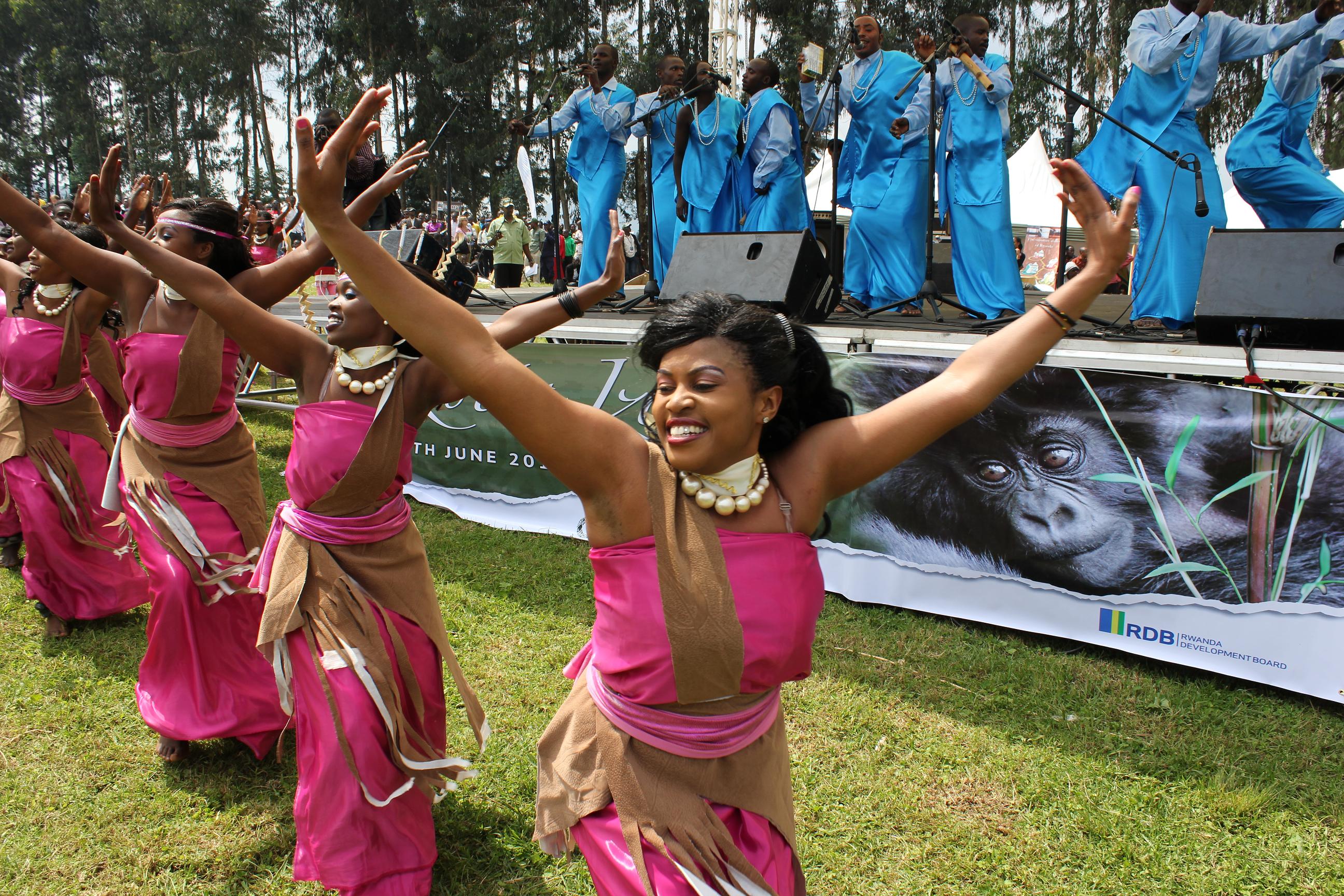
Difference between Gorilla Trekking and Habituation
Difference between Gorilla Trekking and Habituation
Gorilla Trekking and the Habituation Experience are some of the common terms used during primate trekking tours and are surprisingly indivisible in gorilla tourism. Before gorilla trekking, there has to be a habituation process and for this reason, some visitors mistake the two terms. Therefore, the following are the differences between Gorilla Trekking and the Habituation Experience;
The Process
Before mountain gorillas are opened for trekking, they have to first go through habituation to make them free, less stressful, and accustomed to humans. This training process normally lasts 2-3 years with a team of Conservationists, Researchers, Trackers, Gorilla doctors as well as Ranger Guides, and during this time, visitors join in the process thus the “Gorilla Habituation Experience”. On contrary, Gorilla Trekking involves visiting already habituated gorilla groups with the participants being Ranger Guides, trackers plus tourists. However, gorilla trekking and Habituation Experience walks are done in the same way, although the latter is more difficult and longer.
The amount of time spent with endangered Mountain Gorillas
The amount of time spent with endangered mountain gorillas greatly varies between these two activities. Visitors who take part in the gorilla trekking tours are guaranteed of spending one hour with these Giant Apes for photography, videography, and learning their human-like behavior that will take your breath away. On the other hand, tourists undertaking the Gorilla Habituation Experience are offered up to four hours with gorillas to copy and practice some of their behavior such as foraging and many others.
Gorilla permit costs
A Gorilla Trekking permit is crucial for visitors to venture into the natural environment of these Giant Apes and the price varies for Trekking and the Habituation Experience. Permits for the latter cost $1500 per person paid by the foreign non-residents and this is surprisingly the same amount paid for standard gorilla treks in Rwanda, $1000 paid by foreign residents and Shs. 750,000 paid by the East African community travelers. The permits for trekking are cheaper and cost only $700 paid by the foreign non-residents, $600 paid by the foreign residents, and finally 250,000 per person paid by the East African Community visitors.
Places to undertake Gorilla Trekking and the Habituation Experience
All the known four Gorilla National Parks (Mgahinga and Bwindi National Parks in Uganda, Volcanoes National Park in Rwanda, and Virunga National Park in the Democratic Republic of Congo) offer gorilla trekking tours. The extraordinary Gorilla Habituation, Experience can only be enjoyed in Bwindi Impenetrable National Park and surprisingly not all sectors offer this experience but only the southern sectors of Rushaga and Nkuringo.
Number of tourists involved
Another difference between Gorilla Trekking and the Gorilla Habituation Experience is in the number of tourists involved in the activity. Gorilla Trekking tours allow a maximum of 8 visitors for each habituated Gorilla Group and each of the National Parks offers an outstanding number of gorilla permits, that largely depend on the total number of habituated groups in these places. Bwindi National Park that offers about 19 gorilla groups offers about 152 gorilla trekking permits, Mgahinga offers 8 gorilla trekking permits for its one habituated group, Volcanoes National Park offers 96 gorilla trekking permits for its 12 habituated gorilla groups while Virunga National Park offers 64 gorilla trekking permits for its 8 habituated gorilla groups.
On the contrary, Gorilla Habituation Experience allows only 4 people to visit each gorilla group undergoing training and for this, 8 permits are available for the two gorilla groups currently open for the life-changing experience.
When is the best time to go for the Gorilla Trekking and Habituation Tours?
Both gorilla trekking and Habituation Tours are best undertaken during the traditional dry months of June to October and December to February when vegetation is sparser and hiking trails less muddy or slippery hence more comfortable to walk through the gorilla natural habitat.




